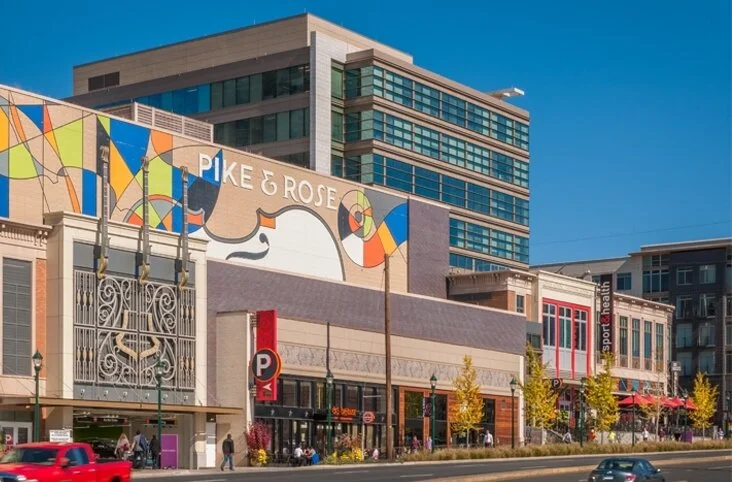Continued “How to make creative placemaking?“ A case study of Noashima Island (Setochi Triennale) and Pike & Rose.
(Image above from the web).
What’s the similarity we can tell from those two cases?
Both places draw local people and visitors
Before Setouchi Triennale art festival, Naoshima island only had a couple thousands of population and density of less than one person per acre (which is about 200 persons per km²). in 2017, Noashima island expected about 300,000 visitors and more than 800,000 visitors showed up.
Before Pike and Rose developed, this 32-acres lot mainly serve as car dealership facility and parking spaces, that lack of human element. Now it has become art deco-themed place with public areas that help the adjacent communities get off the highway and slow down.
Both places create livable environment and generate economy growth
Imaging if 80% of visitors of Setouchi island gets the festival passports (cost $37.7), that alone generates 24 million revenue every three years.
Due to the industry type and lifestyle change, more and more skilled professionals work from home which makes many office buildings become vacant. (we can talk about how to work on those vacant office building in the future blogs) Art works and artsy environment as an incentive for people want to live in. With enough residence, those brick and mortar retails would also be able to operate during the non-office hour. This kind of 24/7 operation paradigm is different than the traditional commercial district paradigm (only 8-12 hours of activities per day). There are currently 348,954 square feet of retail, and 79,941 square feet of office, and their leasing revenue has helped county’s shrinking tax base.
Both places use Art as a powerful tool
Both examples above shows art can be deployed as a powerful tool in either urban or rural area. Art, as a part of culture elements can add value to many aspects of built environment, including private and public spaces.
Notes and References:
Japan’s Naoshima Island: A portrait of possibility for Art Tourism
Here are 13 reasons why Montgomery county has to make budget cut


